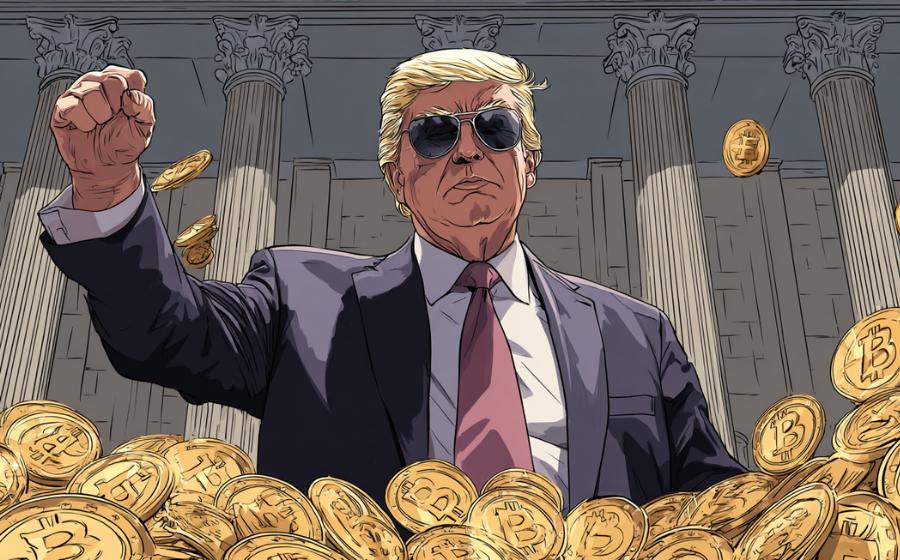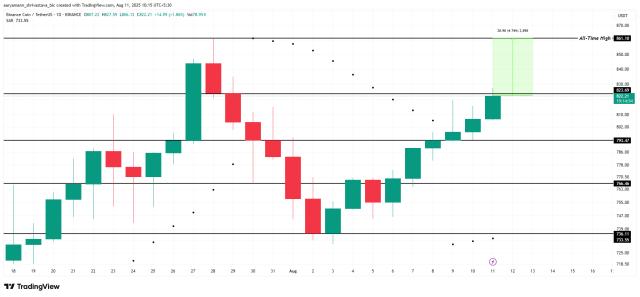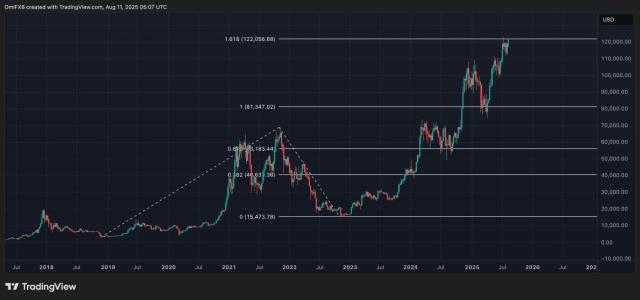- Trump’s executive order allows U.S. 401(k) retirement plans, managing $9 trillion, to include cryptocurrency investments, potentially unlocking massive institutional capital inflows into digital assets.
- The policy introduces safeguards like allocation caps, licensed custodians, and risk disclosures to balance crypto market opportunities with retirement security for millions of American investors.
- Bitcoin, Ethereum, and select altcoins may benefit significantly, as mainstream retirement accounts gain regulated access to digital assets, accelerating institutional adoption and market growth potential.
Donald Trump authorizes $9 trillion in U.S. 401(k) retirement funds to invest in cryptocurrency, unlocking massive capital inflows into Bitcoin, Ethereum, and digital assets.

In a landmark move that could redefine the future of retirement savings and the digital asset market, Donald Trump has signed an executive order permitting U.S. 401(k) retirement funds—worth an estimated $9 trillion—to allocate investments into cryptocurrencies. The decision marks a seismic shift in U.S. retirement policy, potentially unleashing unprecedented levels of capital into Bitcoin, Ethereum, and other digital assets.
This historic change is expected to have sweeping implications for both Wall Street and Main Street, bridging the gap between traditional retirement planning and the rapidly growing world of decentralized finance.
WHAT THE EXECUTIVE ORDER ENTAILS
The new executive order authorizes fund managers overseeing 401(k) plans to include cryptocurrency investment options alongside traditional assets such as stocks, bonds, and index funds. Until now, retirement funds faced significant restrictions, with the Department of Labor (DOL) advising fiduciaries to exercise “extreme caution” when offering digital asset exposure to plan participants.
Under the new framework:
- 401(k) providers can offer direct exposure to cryptocurrencies or indirect exposure through crypto-focused exchange-traded funds (ETFs).
- Investment allocations will be capped initially to manage volatility risk, though caps may be revised as the market matures.
- Custodial and security requirements for digital assets will be standardized to protect retirees from hacking and fraud.
This regulatory green light is seen as part of Trump’s broader effort to position the United States as a global leader in the cryptocurrency economy.
WHY THIS IS A GAME CHANGER FOR CRYPTO
The U.S. 401(k) system is the backbone of retirement savings for millions of Americans, with over 60 million active participants and trillions in managed assets. By allowing even a small portion of these funds into crypto, the inflow could dramatically increase demand and market capitalization for leading digital assets.
If just 1% of the $9 trillion is allocated to cryptocurrencies, that represents a potential $90 billion injection into the market—roughly equivalent to the entire market cap of some major crypto sectors today. For Bitcoin, this could translate into substantial upward price pressure, especially as new demand coincides with limited supply following the latest halving cycle.
Moreover, the move sends a strong signal to institutional investors and financial advisors who have been hesitant to engage with crypto due to perceived regulatory uncertainty. With the executive order in place, retirement plan providers now have the legal and political backing to integrate digital assets into mainstream portfolios.
IMPACT ON BITCOIN, ETHEREUM, AND ALTCOINS
Bitcoin is expected to be the primary beneficiary of this policy shift due to its status as a digital store of value and its long track record. Institutional investors tend to gravitate toward BTC for its liquidity, market depth, and brand recognition. Analysts anticipate that Bitcoin’s share of retirement portfolio allocations will be substantial in the early phases.
Ethereum may also attract significant interest, particularly from younger investors familiar with decentralized applications, smart contracts, and staking rewards. Ether’s role as the backbone of DeFi and NFT ecosystems positions it as a growth asset within diversified retirement portfolios.
Beyond BTC and ETH, select altcoins with strong fundamentals—such as those tied to blockchain infrastructure, payments, and tokenized real-world assets—could benefit from increased legitimacy and inflows. However, risk management will be key, as not all cryptocurrencies offer the same stability or regulatory clarity.
MARKET REACTIONS AND EXPERT OPINIONS
The news has been met with widespread enthusiasm in the crypto community. Industry leaders see it as validation of digital assets as a legitimate asset class. Bitcoin advocacy groups have hailed the order as “the most significant pro-crypto policy shift in U.S. history.”
Traditional finance experts are more cautious but acknowledge the potential upside. “This could be a watershed moment for portfolio diversification,” noted a senior strategist at a major investment firm. “However, fiduciaries will need to tread carefully to balance growth opportunities with retirement security.”
Crypto markets reacted immediately to the announcement, with Bitcoin and Ethereum both posting double-digit percentage gains within hours. Publicly traded crypto companies, such as Coinbase and MicroStrategy, also saw their stock prices surge on expectations of higher trading volumes and institutional engagement.
WHAT THIS MEANS FOR THE FUTURE OF RETIREMENT SAVINGS
The integration of crypto into 401(k) plans could usher in a new era of retirement planning—one where digital assets sit alongside traditional equities and bonds as core components of a well-diversified portfolio.
Younger generations, particularly Millennials and Gen Z, have shown strong interest in cryptocurrencies and may be more inclined to increase their allocation over time. For these demographics, the executive order offers a bridge between traditional retirement accounts and the financial technologies shaping the future.
Meanwhile, this policy could also stimulate the development of new financial products, including crypto index funds, tokenized retirement accounts, and blockchain-based portfolio management tools.
CONCLUSION: A HISTORIC TURNING POINT
Donald Trump’s executive order enabling $9 trillion in 401(k) retirement funds to invest in cryptocurrency is more than just a policy change—it’s a paradigm shift. By opening the door for millions of Americans to gain exposure to digital assets within their retirement accounts, the U.S. is signaling a readiness to embrace the future of finance.
While challenges remain—ranging from volatility to evolving regulations—the long-term implications are profound. This decision could accelerate mainstream adoption of cryptocurrencies, deepen liquidity, and strengthen America’s position as a leader in the global digital asset economy.
For investors, this is a moment to watch closely. The intersection of retirement security and cryptocurrency innovation may define the next chapter of wealth building in the 21st century.
〈TRUMP SIGNS EXECUTIVE ORDER ALLOWING $9 TRILLION 401(K) RETIREMENT FUNDS TO INVEST IN CRYPTOCURRENCY〉這篇文章最早發佈於《CoinRank》。






